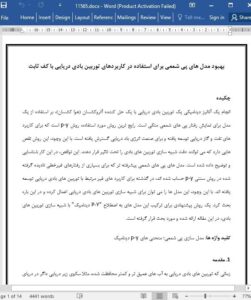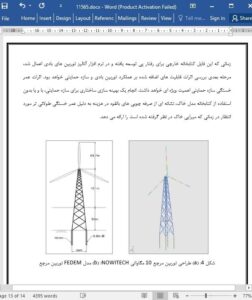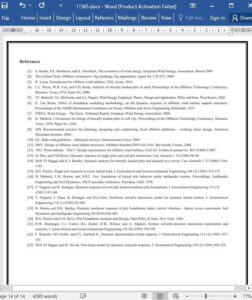Abstract
Performing a dynamic analysis of an offshore wind turbine with an aero-elastic solver relies on the inclusion of a model to represent the behavior of the piled foundations. The most commonly used solution is the p-y method, which was developed for offshore oil and gas applications and has been extended to the offshore wind energy industry. There are several shortcomings with this method, however, which can affect the accuracy of wind turbine simulations. These shortcomings are identified and explained in this work. More advanced pile foundations models which account for many nonlinear behaviors ignored by the traditional p-y method have been developed in the past for applications unrelated to offshore wind turbines. These models can nevertheless be applied to offshore wind turbine simulations and are discussed herein. A proposed method for incorporating these so called ‘dynamic p-y’ models into wind turbine simulations is laid out and discussed.
1. Introduction
As offshore wind turbines move into deeper and less protected waters, with the upcoming Dogger Bank site in the North Sea as an example, the need for more cost-effective support structures grows ever greater. One of the most significant contributors to the CAPEX of bottom-fixed support structures - the expected dominant support structure topology for the near to medium-term future - is the fabrication and installation of the piled foundations which affix the structures to the seafloor [1,2]. In these first two decades of the offshore wind energy industry, much of the support structure technology has been borrowed from offshore oil and gas applications, including the primary design and analysis method for piled foundations [3]. This decades old design practice, known as the ‘p-y method’, was developed with offshore oil and gas applications in mind and is not well suited to the dimensions and highly dynamic behaviors which characterize offshore wind turbine systems [4]. In order to more accurately predict the performance and response of a bottom-fixed offshore wind turbine, more comprehensive design and analysis methods for piled foundations are needed; methods which are specifically developed for the offshore wind energy industry.











